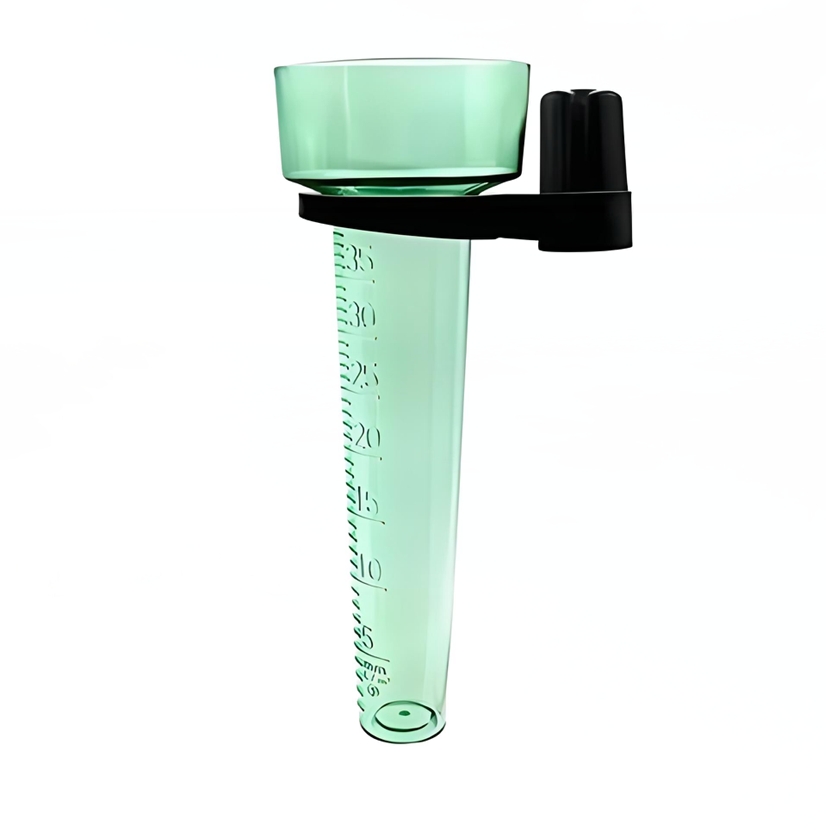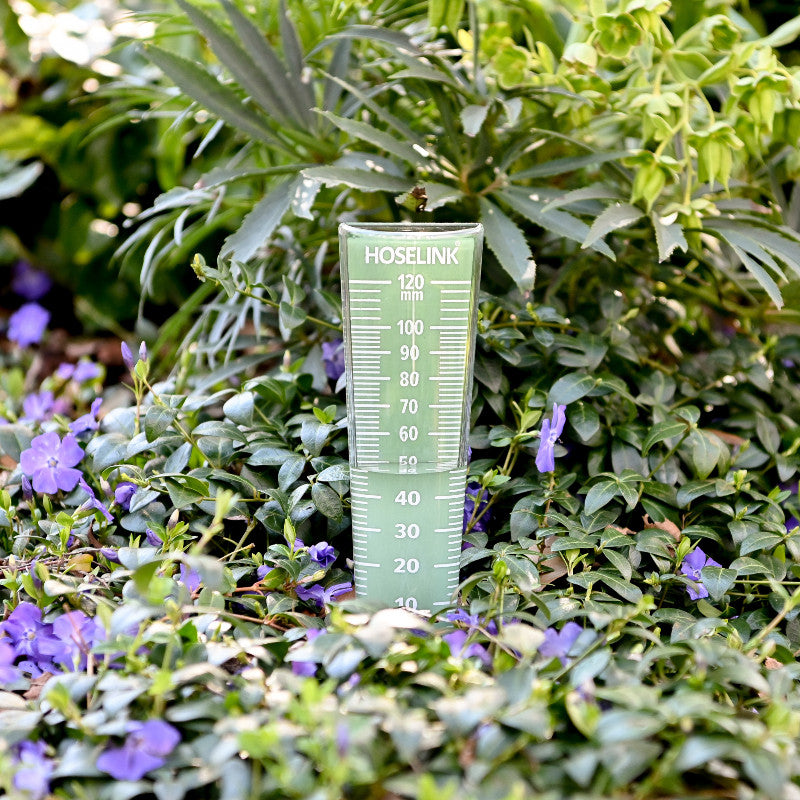Introducing the Science Behind Rain Evaluates: How These Tools Play an Essential Function in Environment Study and Ecological Monitoring
Rain determines, seemingly simple tools, hold a profound relevance in the world of climate research study and ecological monitoring. These simple instruments quietly gather one of nature's most essential aspects-- rains. Behind their plain exterior exists a complex scientific research that is vital for comprehending the characteristics of our environment. As we peel back the layers of this scientific veil surrounding rain determines, we reveal a globe where precision, data accuracy, and careful monitoring assemble to introduce a deeper understanding of our altering environment and its effect on the earth.
Value of Rainfall Scales
Rain gauges play an important function in tracking and determining precipitation degrees, giving important data for environment study and analysis. These devices are fundamental in quantifying the quantity of rains that happens in a particular location over a particular duration. By gathering and measuring rainwater, rain determines deal valuable understandings right into the distribution and intensity of precipitation, helping meteorologists, hydrologists, and climatologists in comprehending climate patterns and fads.
One of the key reasons that rainfall gauges are vital is their ability to provide exact and localized information. Unlike satellite or radar-based measurements, which provide broader observations, rainfall evaluates deal precise info certain to the location where they are put. This local data is essential for different applications, including flood forecasting, dry spell surveillance, and water source management. In addition, long-term data gathered from rainfall evaluates helps in examining climate modification effects and patterns, contributing considerably to clinical study and decision-making processes. Basically, rainfall evaluates act as essential tools in the field of weather forecasting and ecological scientific research, playing a vital duty beforehand our understanding of weather and environment characteristics.
Types of Rainfall Scales

Capability and Procedure
In the realm of climate research study and meteorological researches, the effectiveness of rainfall gauges lies in their elaborate functionality and specific operational systems. Rain gauges are created to accurately gauge the amount of precipitation that falls over a specific area throughout a set period.
The performance of rain determines is based on the principle of accumulating and measuring rainwater in a standardized fashion. This gathered data is vital for recognizing regional weather patterns, tracking long-lasting environment fads, and analyzing ecological influences. To make sure exact measurements, rain evaluates requirement to be tactically placed in open locations far from obstructions such as buildings or trees that could conflict with the collection procedure.
The operational element of rainfall determines entails regular upkeep to avoid debris buildup, calibration checks to keep measurement accuracy, useful site and information videotaping for evaluation (rain gauge). In general, the capability and operation of rain assesses are essential for gathering trustworthy precipitation data important to environment research study and ecological surveillance
Duty in Environment Research Study
Offered the essential importance of accurate rainfall dimensions in recognizing climate patterns and ecological influences, the duty of rain evaluates in climate research is important. Rain evaluates offer essential information for climate research study by measuring the amount of rainfall that tips over a certain area throughout a given duration. This information is critical for keeping track of long-term trends in rainfall patterns, assessing the impact of environment adjustment on rainfall distribution, and boosting environment additional resources models.

Climate researchers use data collected from rainfall assesses to analyze variations in rainfall levels, recognize regional environment trends, and review the efficiency of water resource management methods. By comparing historical rainfall data with current dimensions, scientists can find shifts in rainfall patterns, such as adjustments in the regularity or intensity of rains occasions. This info is essential for comprehending how environment change is influencing rainfall characteristics and can assist policymakers make notified choices concerning adjustment and reduction strategies.
Applications in Ecological Surveillance

In flooding forecasting, rain gauge information aids to track rains strength and circulation, enabling authorities to issue timely cautions and take needed actions to mitigate flooding dangers (rain gauge). Drought monitoring depends on rainfall scale information to evaluate moisture degrees in the dirt and track precipitation deficits, aiding in the recognition of drought-prone locations and the application of drought feedback methods
Moreover, rain scale data plays a crucial duty in water resource administration by offering details on water availability and use fads. Additionally, in agriculture, rainfall gauge information aids farmers in optimizing watering timetables, crop selection, and general ranch management practices based on regional rainfall patterns.
Conclusion
Finally, rain assesses are necessary devices for gauging precipitation, supplying useful information for environment research study and ecological tracking. With numerous kinds and capabilities, rainfall determines play an essential role in understanding rainfall patterns and their effect on the setting. By precisely determining rainfall, these gadgets add to the development of scientific understanding and help in making informed decisions relevant to water resource monitoring and calamity readiness.
Rain gauges play a vital function in monitoring and measuring rainfall levels, offering important information for environment study and evaluation. The common rain gauge, recognized as the Our site "tipping container" gauge, is one of the most commonly used tools. Ultrasonic rainfall evaluates usage noise waves to discover the presence of rain, providing real-time information on precipitation degrees.Climate researchers utilize data accumulated from rain determines to evaluate variants in precipitation levels, identify local climate patterns, and evaluate the efficiency of water resource monitoring approaches.In final thought, rainfall evaluates are crucial tools for gauging precipitation, offering beneficial data for environment research and environmental surveillance.
Comments on “The Benefits of Setting Up a Precision Rain Gauge for Your Weather Station”